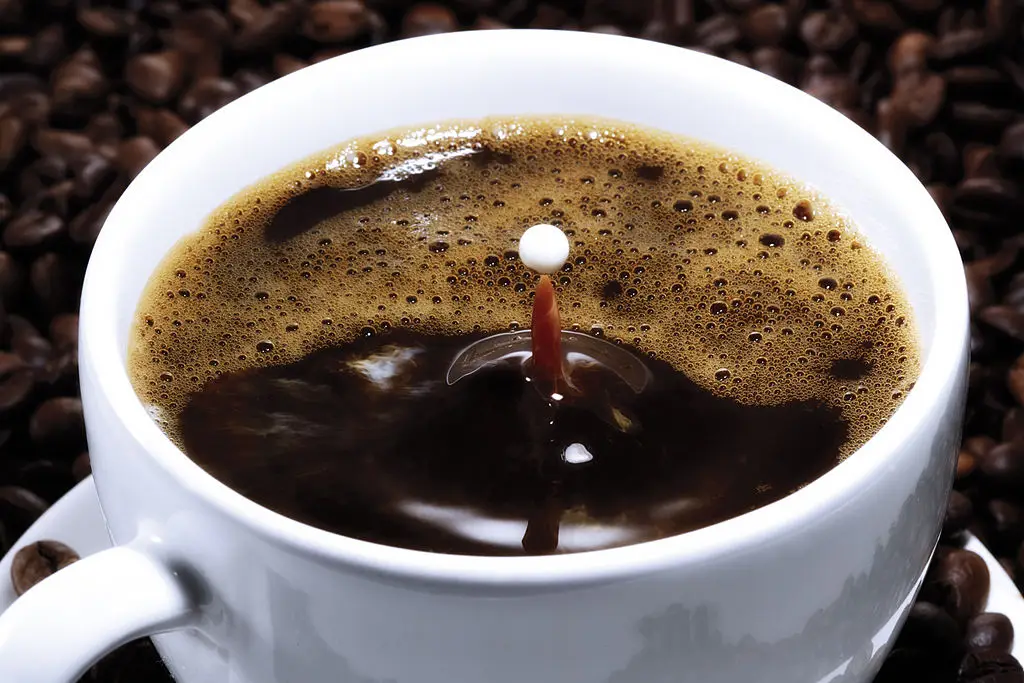Your Metabolism's Secret Weapon: 11 Foods That Activate Fat-Burning Brown Fat
Brown fat — scientifically called brown adipose tissue — is a small but metabolically active tissue that helps burn calories by producing heat. Unlike white fat, which stores energy, brown fat uses energy. That has made it a hot topic when people ask how to support metabolism as we age. This article looks at 11 foods or food groups that laboratory work, small human trials, or broader nutrition science suggest could nudge metabolic activity or support the processes linked with brown fat. We take an evidence-first approach: where human research is solid we say so, and where findings are early or limited we flag the gap clearly. That means you’ll see a mix of items with modest human data and others backed mainly by animal or cell studies. Think of these foods as practical, low-risk ways to support metabolic health rather than magic bullets. Alongside eating patterns, sleep, movement, and medical factors matter a great deal for body composition and energy use. Use these suggestions as gentle, sustainable options to include in everyday meals, and consult your clinician about personal health conditions, medications, or supplement decisions.
1. Coffee — Caffeine for a short-term metabolic lift

Coffee is one of the most-studied dietary stimulants for metabolism. Caffeine raises heart rate and the rate at which the body burns calories for a few hours after consumption. Some small human imaging studies and metabolic trials suggest caffeine may increase brown fat activity briefly, while larger trials focus on overall calorie burn rather than brown fat specifically. Evidence is mixed and usually measures short-term effects rather than lasting tissue changes. Practically, moderate coffee — about one to three standard cups for people who tolerate caffeine — can be part of a metabolism-friendly routine. Avoid excessive intake if you have high blood pressure, arrhythmias, anxiety, or sensitivity to stimulants; pregnant people should follow medical guidance for caffeine limits. If you enjoy coffee, pair it with a balanced breakfast and hydrate; if you avoid caffeine, similar metabolic benefits can be pursued through movement and protein-rich meals. Remember: coffee can help boost calorie use temporarily, but it’s not a standalone solution for fat loss or long-term brown fat recruitment.
2. Green Tea — Catechins plus caffeine for modest thermogenic support

Green tea contains catechins, especially epigallocatechin gallate (EGCG), which along with caffeine can raise energy expenditure in humans by a modest amount. Several trials show a small but statistically significant increase in calorie burn when green tea extracts or brewed tea are consumed regularly. Some researchers propose that catechin-caffeine combinations may enhance processes tied to brown fat activity, though direct human imaging data remain limited. For daily use, drinking two to three cups of brewed green tea or enjoying matcha offers a practical dose of catechins and some gentle caffeine. Choose unsweetened preparations to avoid added sugars that counteract metabolic benefits. People with caffeine sensitivity, iron absorption concerns, or specific medications should check with a clinician before increasing green tea intake or using concentrated extracts. Overall, green tea can be a useful, low-risk habit to support modest increases in metabolic rate and complement a balanced diet and active lifestyle.
